USA
A significant mystery in United Nations history remains unresolved: the 1961 plane crash that took the life of Secretary-General Dag Hammarskjöld and everyone else on board while he was attempting to negotiate peace in the Congo.
A new assessment released on Friday indicates that “specific and crucial” information is still being kept secret by several Member States.
Farhan Haq, Deputy Spokesperson for the Secretary-General of the United Nations, stated: “The Secretary-General has sent the report from the Eminent Person, former Chief Justice of Tanzania, Mr. Mohamed Chande Othman, to the President of the General Assembly...At this point, the Eminent Person believes it remains plausible that an external attack or threat contributed to the crash... other possible explanations include sabotage or unintentional human error.
Hammarskjöld of Sweden was appointed as the youngest UN Secretary-General at the age of 47.
Recognized as a visionary diplomat and reformer, he played a crucial role in enhancing the UN's influence during a time of significant global unrest, particularly amid the decolonization movements in Africa and Asia.
Haq, added that "The Secretary-General highlights that the Eminent Person is almost certain that important, yet undisclosed, information is held in the archives of Member States. With significant advancements made, the Secretary-General urges everyone to reaffirm their commitment to uncovering the complete truth about the events of that tragic night in 1961.”
Hammarskjöld's leadership was essential during the chaotic events of 1956, where he spearheaded a ceasefire mission in the Middle East and navigated the Suez crisis, facilitating the withdrawal of foreign troops from Egypt and overseeing the UN's inaugural emergency peacekeeping operation, the UN Emergency Force.
Hammarskjöld was celebrated for his integrity and commitment to public service, receiving the Nobel Peace Prize for his efforts in transforming the UN into a dynamic and effective international organization that embodied the principles outlined in the UN Charter.
He held the position of Secretary-General from April 1953 until his untimely death at 56.
On the night of September 17-18, 1961, the Douglas DC6 aircraft he was aboard, registered as SE-BDY, crashed near Ndola in Northern Rhodesia (now Zambia).
He was on his way to negotiate a ceasefire between UN peacekeepers and separatists in the Congolese region of Katanga, with hopes of establishing a broader peace agreement for the newly independent Congo.
The fateful crush on the 18th September saw15 other passengers die on impact, and the sole survivor succumbed to his injuries a few days later.
An initial inquiry by Rhodesian authorities reportedly attributed the crash to pilot error but the finding was disputed.





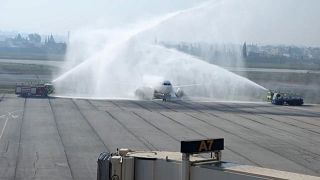

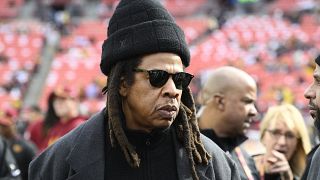


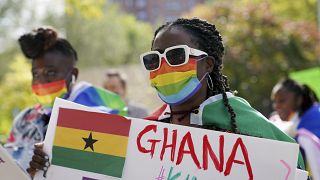
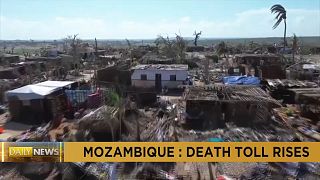
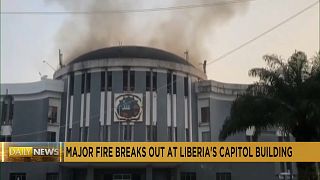
01:03
Cyclone Chido kills at least 45 people in Mozambique and leaves hundreds injured
00:48
Kylian Mbappe's Stockholm visit: rape investigation dropped
Go to video
Rights group calls for probe of Ex-Governor, Army officers in Congo
01:43
Over 75% of earth's land is permanently drying: UN report
01:10
Kenya denies police resignation claims in Haiti
01:25
Negotiators race to reach deal as climate talks face deadlock